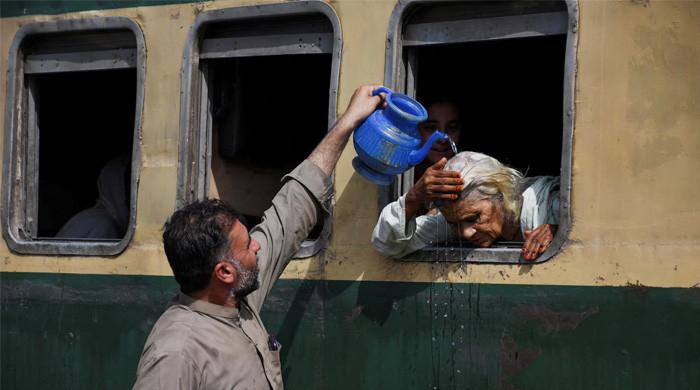Heat is now the leading cause of weather -related deaths globally, with an estimated 489,000 people dying for hot -related reasons each year, according to the World Health Organization (WHO).
As extreme temperatures become more common in Pakistan, they also let go in depth in the WHO guidelines to help people stay in safety under heat waves.
In extreme heat, the human body struggles to regulate the internal temperature and increase the risk of heat exhaustion, kidney damage and cardiovascular stress. The effects can be sudden and serious: Hospitals and deaths can spike within hours or days of a heat wave.
It emphasizes that the health effects of heat are predictable and largely preventable. With effective public health measures and coordinated actions across sectors, many deaths and diseases can be avoided.
However, consciousness remains low among both health workers and the public.
WHO recommends staying indoors in the hottest times of the day and keeping living room cool by blocking direct sunlight with curtains or blinds and ventilation at night. Using fans or air conditioning, if available, can offer critical relief, with air conditioning recommended to be set to 27 ° C.
Even a few hours in a cool environment every day can significantly reduce the risk of hot -related disease.
Hydration is another important aspect of heat protection. People are advised to drink water regularly, even if they do not feel thirsty, about one cup per hour and at least 2 to 3 liters per liter. Day.
They should avoid drinks that can lead to dehydration, such as alcohol and sugary beverages. Eating lighter meals more often can also help the body cope with high temperatures.
Taking cool showers or baths can help lower body temperature, and those who need to go out must remain in shady areas as much as possible. Lightweight, loosely appropriate clothing made of breathable fabric as well as broad -braking hats and sunglasses can offer additional protection outdoors.
Who also emphasize the importance of checking on family, friends and neighbors, especially those who are older, live alone or have health conditions that put them at greater risk under extreme heat.
“Some people are especially vulnerable to the effects of heat, including young children, older people and people with chronic health conditions, so keep in touch with family, friends and neighbors, especially those who spend a lot of their time alone. By looking after each other and keeping us informed, we can minimize the impact of extreme warmth on our community,” said who official dr. Dr. Skender Syla.



